ESC 2021: Late-breaking Science Video Collection
Published: 02 September 2021
-
Views:
 5655
5655
-
Likes:
 7
7
-
Views:
 5655
5655
-
Likes:
 7
7
-
 Up Next
Up Next -
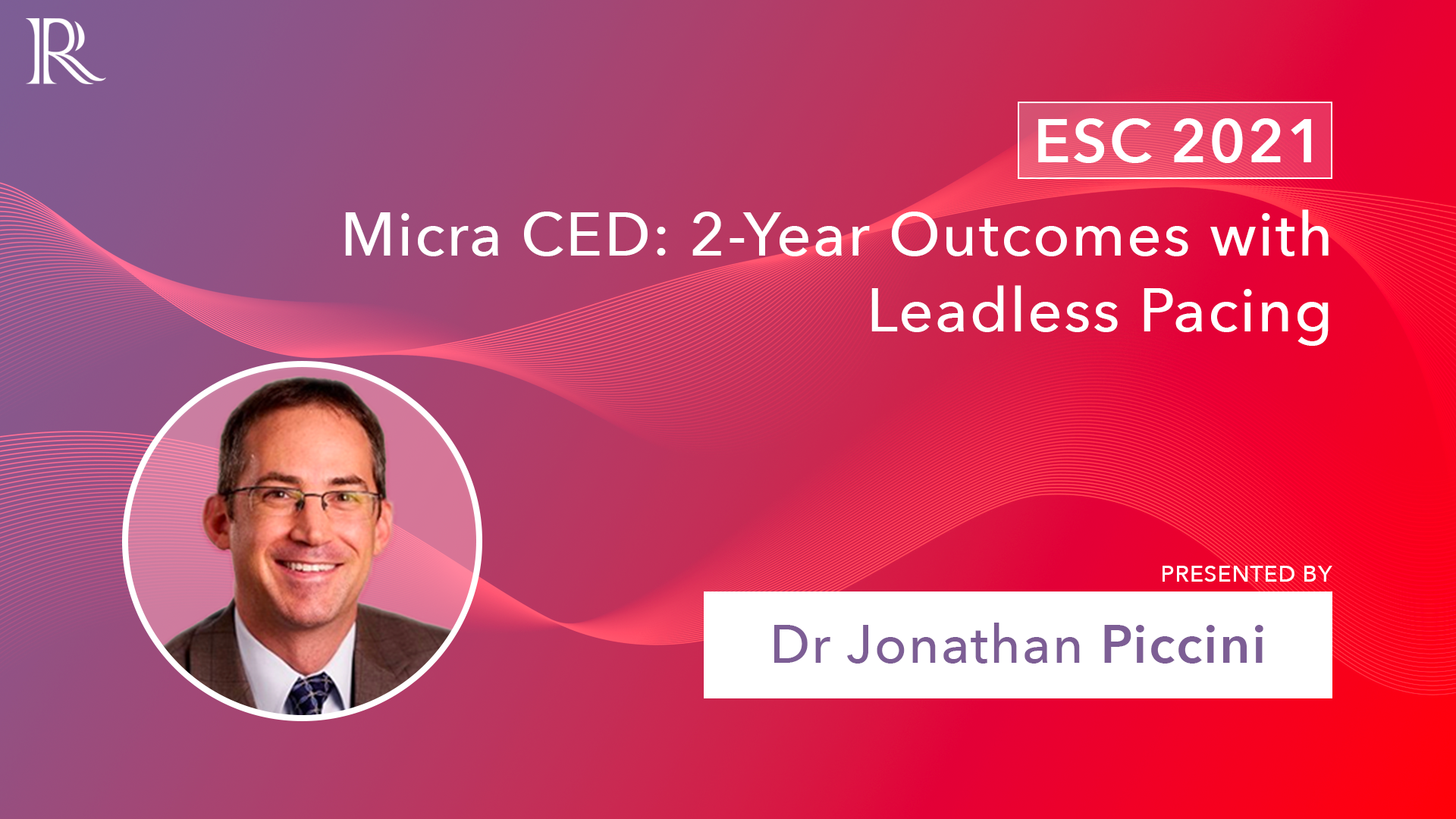 5m 50sPart 3 | Session 10 Micra CED: 2-Year Outcomes with Leadless Pacing
5m 50sPart 3 | Session 10 Micra CED: 2-Year Outcomes with Leadless Pacing -
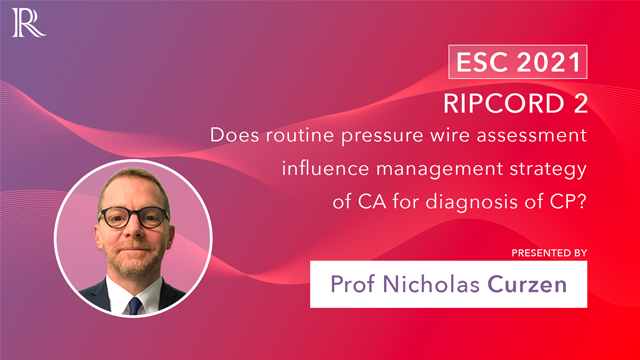 10m 53sPart 3 | Session 11 RIPCORD 2: FFR During Angiography Did Not Improve Patient Outcomes
10m 53sPart 3 | Session 11 RIPCORD 2: FFR During Angiography Did Not Improve Patient Outcomes
-
 25m 18sPart 1 | Session 1 View from the Thoraxcenter – What's Hot at ESC 2021 Nicolas M Van Mieghem, Joost Daemen
25m 18sPart 1 | Session 1 View from the Thoraxcenter – What's Hot at ESC 2021 Nicolas M Van Mieghem, Joost Daemen
-
 36m 1sPart 1 | Session 2 View from the Thoraxcenter: ESC 21 Late-breaking Science Wrap Up Joost Daemen, Nicolas M Van Mieghem
36m 1sPart 1 | Session 2 View from the Thoraxcenter: ESC 21 Late-breaking Science Wrap Up Joost Daemen, Nicolas M Van Mieghem
-
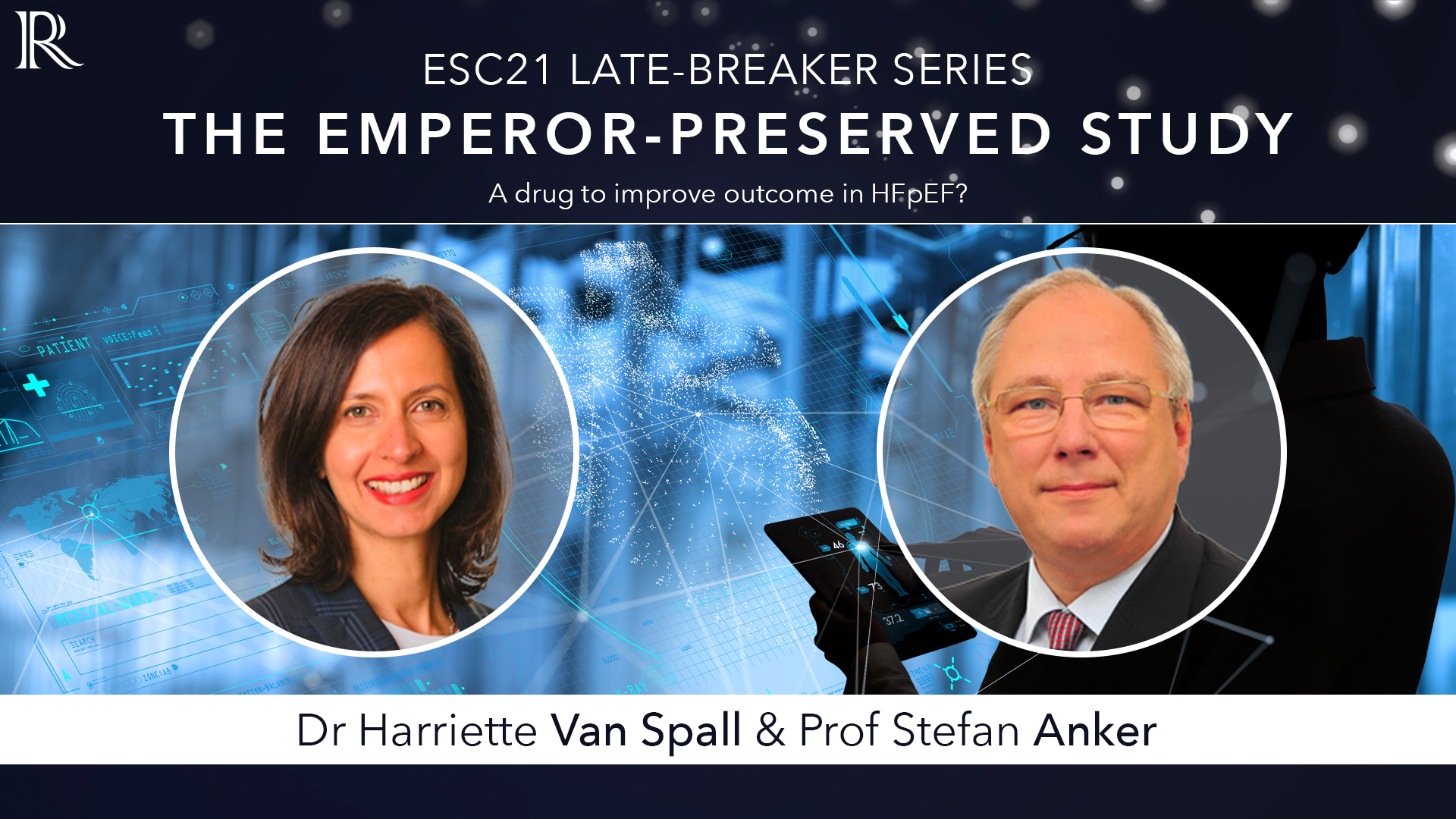 19m 47sPart 2 | Session 1 ESC 2021 Discussion: The EMPEROR-Preserved Trial Harriette Van Spall, Stefan Anker
19m 47sPart 2 | Session 1 ESC 2021 Discussion: The EMPEROR-Preserved Trial Harriette Van Spall, Stefan Anker
-
 15m 2sPart 2 | Session 2 ESC 2021 Discussion: The FIGARO-DKD Trial Bertram Pitt, Harriette Van Spall
15m 2sPart 2 | Session 2 ESC 2021 Discussion: The FIGARO-DKD Trial Bertram Pitt, Harriette Van Spall
-
 20m 8sPart 2 | Session 3 ESC 2021 Discussion: The EMPEROR-Pooled Study Milton Packer, Harriette Van Spall
20m 8sPart 2 | Session 3 ESC 2021 Discussion: The EMPEROR-Pooled Study Milton Packer, Harriette Van Spall
-
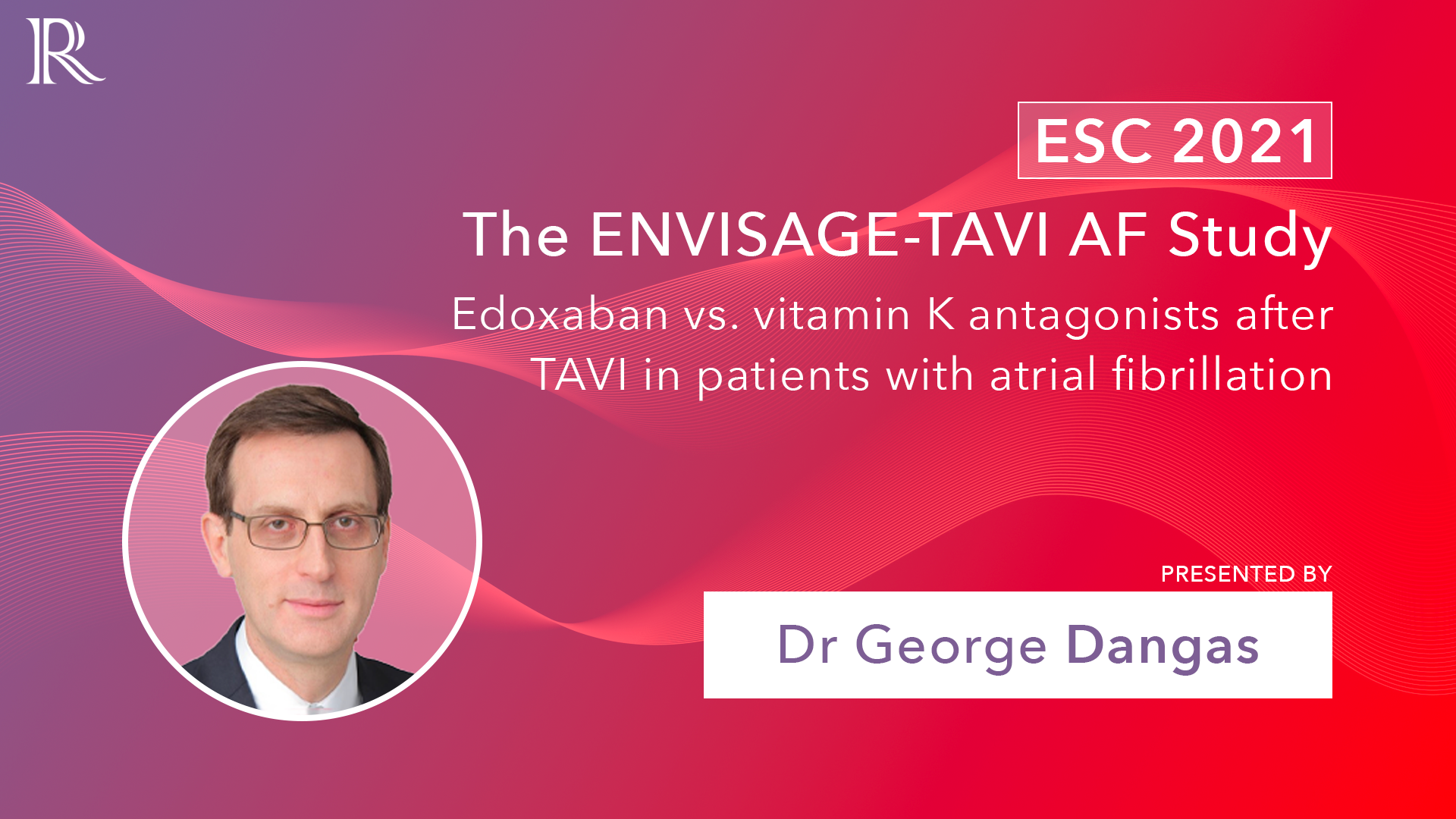 6m 33sPart 3 | Session 1 ENVISAGE-TAVI AF: Edoxaban noninferior to warfarin for adverse events after TAVI George D Dangas
6m 33sPart 3 | Session 1 ENVISAGE-TAVI AF: Edoxaban noninferior to warfarin for adverse events after TAVI George D Dangas
-
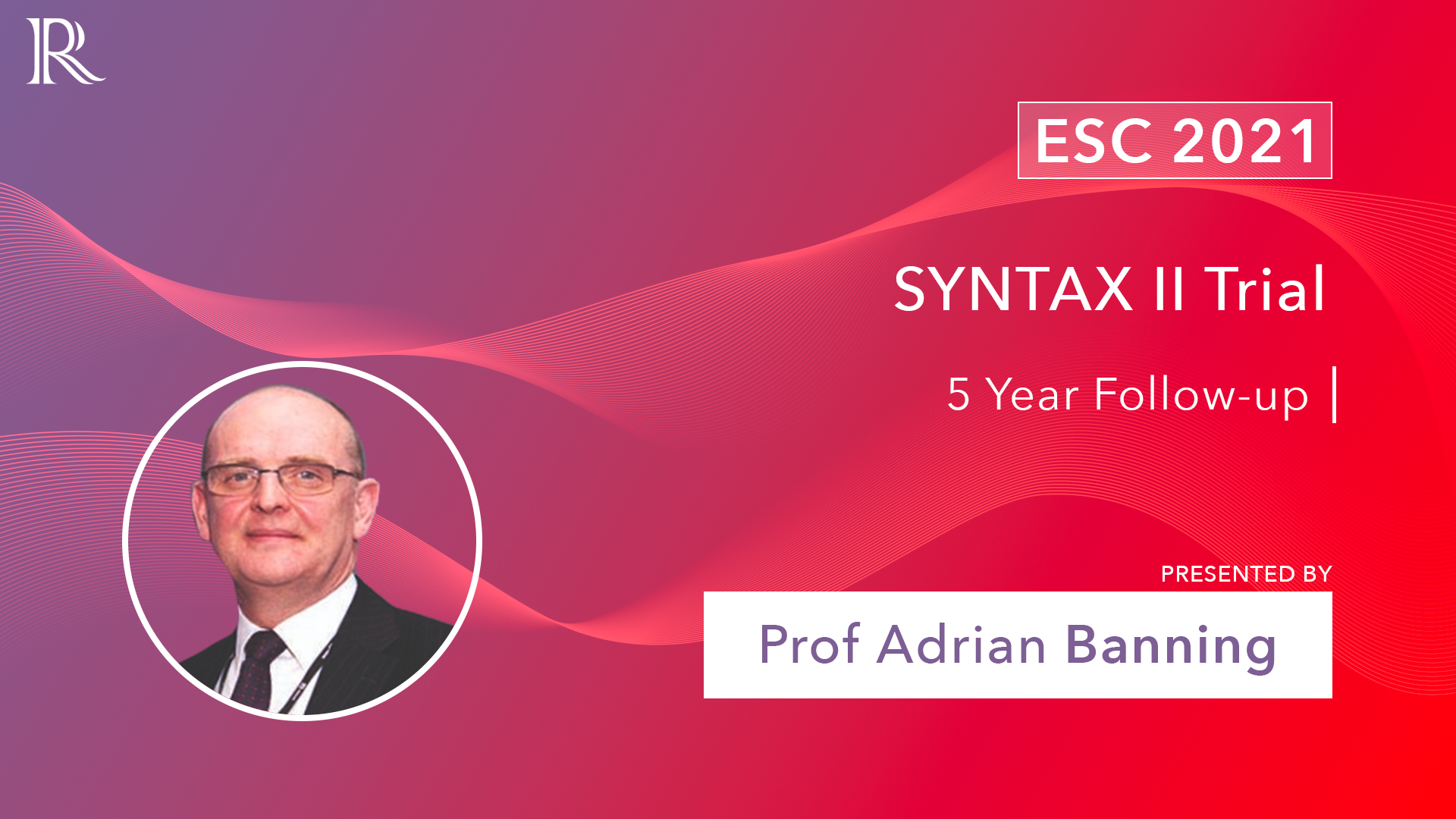 4m 39sPart 3 | Session 2 SYNTAX II Trial: 5yr Data Shows Reduction in MACE in PCI Adrian P Banning
4m 39sPart 3 | Session 2 SYNTAX II Trial: 5yr Data Shows Reduction in MACE in PCI Adrian P Banning
-
 8m 40sPart 3 | Session 3 TWILIGHT-HBR: Ticagrelor Monotherapy in HBR Patients Undergoing PCI Davide Cao
8m 40sPart 3 | Session 3 TWILIGHT-HBR: Ticagrelor Monotherapy in HBR Patients Undergoing PCI Davide Cao
-
 5m 21sPart 3 | Session 4 The LAAOS III Study: Surgical AFIB Ablation Evaluation Richard Whitlock
5m 21sPart 3 | Session 4 The LAAOS III Study: Surgical AFIB Ablation Evaluation Richard Whitlock
-
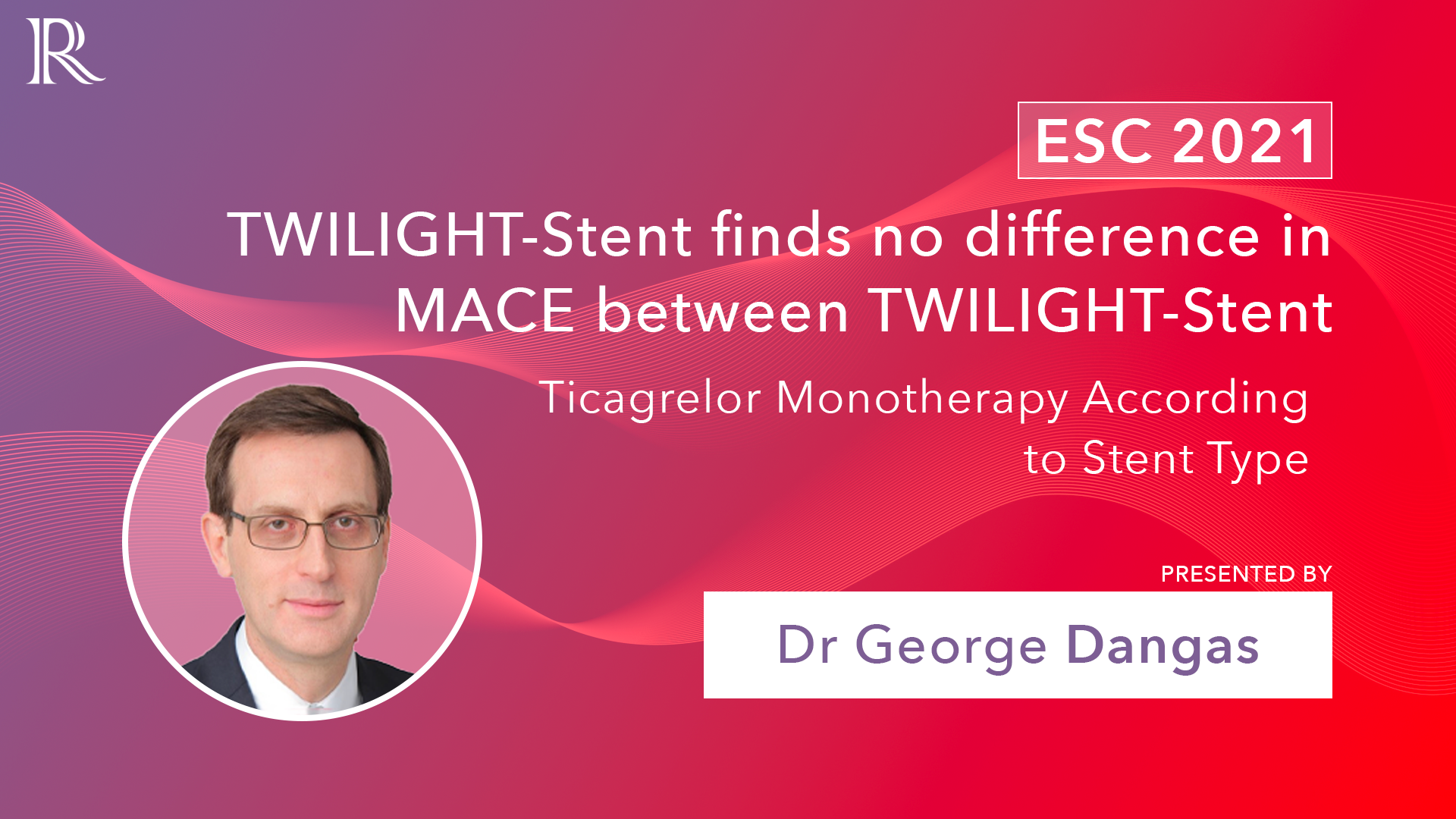 9mPart 3 | Session 5 TWILIGHT-Stent: Ticagrelor Monotherapy According to Stent Type George D Dangas
9mPart 3 | Session 5 TWILIGHT-Stent: Ticagrelor Monotherapy According to Stent Type George D Dangas
-
 5m 43sPart 3 | Session 6 STOPDAPT-2 ACT: 1-Month DAPT Followed by Clopidogrel Monotherapy in ACS Hirotoshi Watanabe
5m 43sPart 3 | Session 6 STOPDAPT-2 ACT: 1-Month DAPT Followed by Clopidogrel Monotherapy in ACS Hirotoshi Watanabe
-
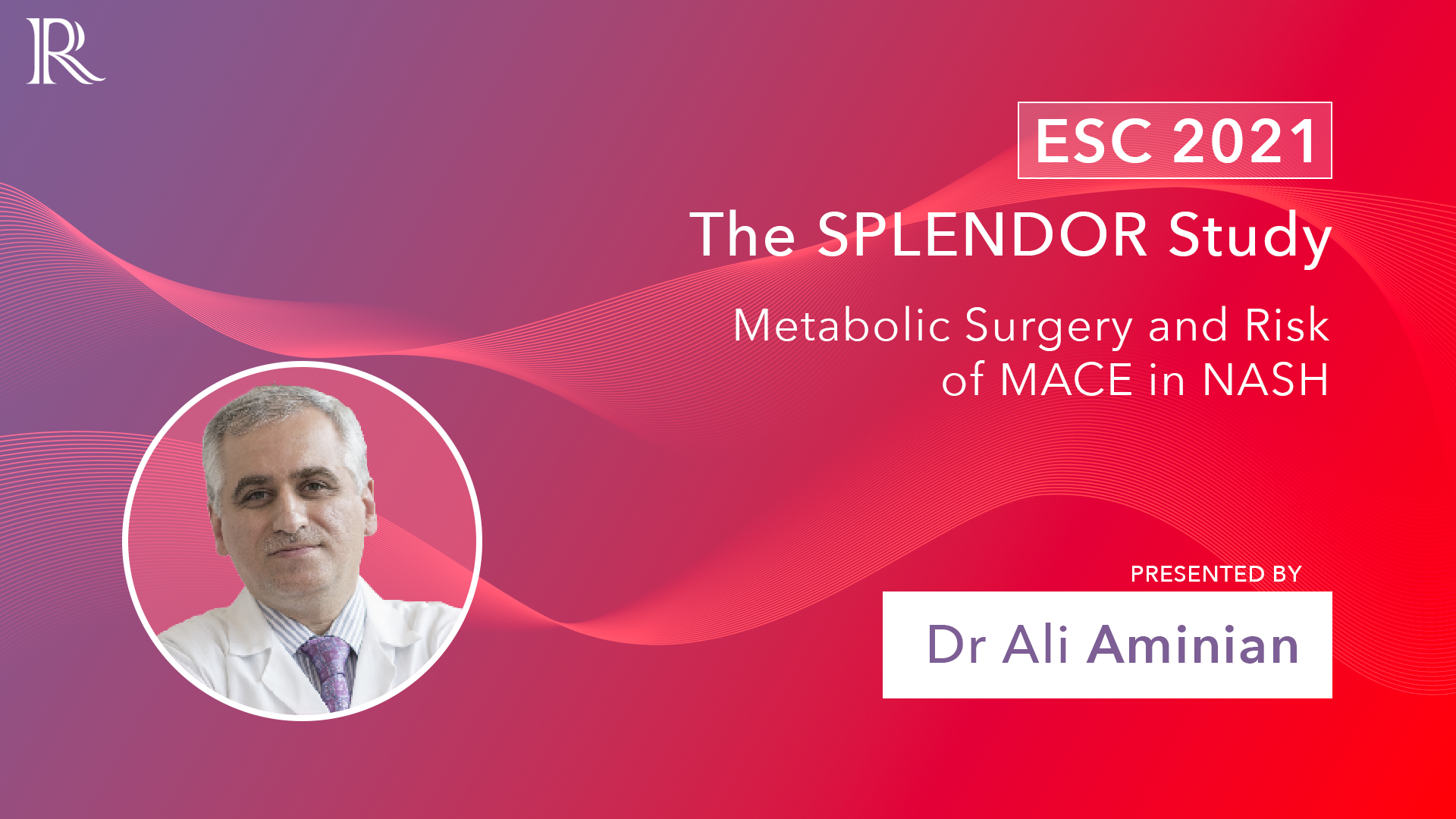 5m 41sPart 3 | Session 7 SPLENDOR: Metabolic Surgery and Risk of MACE in NASH Ali Aminian
5m 41sPart 3 | Session 7 SPLENDOR: Metabolic Surgery and Risk of MACE in NASH Ali Aminian
-
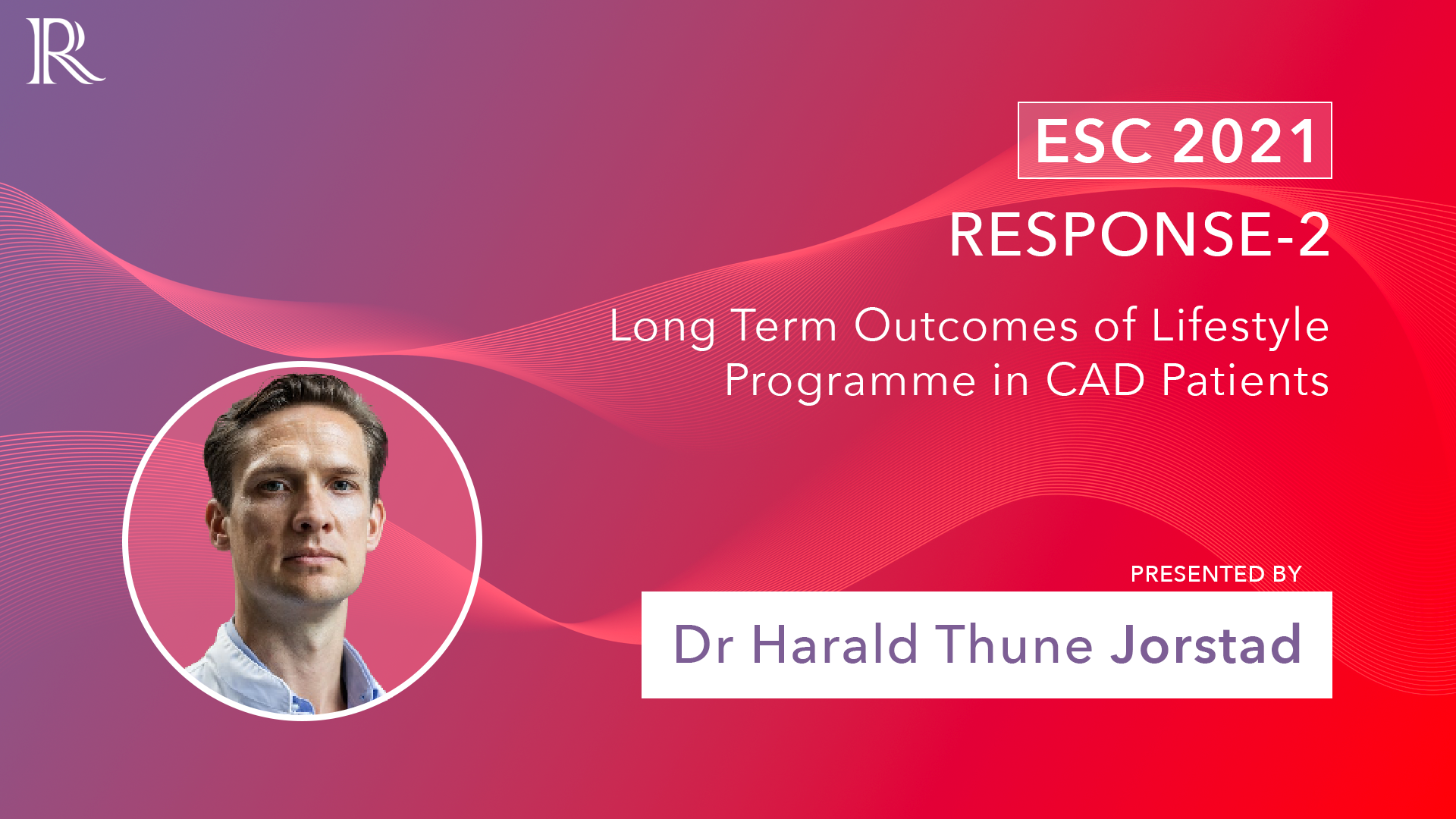 5m 11sPart 3 | Session 8 RESPONSE-2: Benefits of Community-based Lifestyle Programme Were Lost After 1yr in CAD Patients Harald Thune Jorstad
5m 11sPart 3 | Session 8 RESPONSE-2: Benefits of Community-based Lifestyle Programme Were Lost After 1yr in CAD Patients Harald Thune Jorstad
Overview
Our regular review series View from the Thoraxcenter hosted by Prof Nicolas Van Mieghem and Dr Joost Daemen (Thoraxcentre, Erasmus MC, Rotterdam, NL) provide a concise analysis of the late-breaking science results and spotlight impactful data.
For a deeper dive into key clinical trial data, Dr Harriette Van Spall (McMaster University, Hamilton, CA) interviewed principal investigators on their studies, learnings, and applicability to clinical practice in her regular Late-Breaker Discussion Series.
Short, accessible Expert Interviews were conducted with select faculty focusing on the results, applicability, and impact on future research.
More from this programme
Part 1
View from the Thoraxcenter
Part 2
Late-breaker Discussion Series
Part 3
Expert Interviews
Part 4
Masterclass with Dr Harriette Van Spall & Dr Birgit Vogel
Faculty Biographies
Transcript
Aim, patient population and endpoints
VOYAGER PAD was a really interesting study with I think, very important findings. It's the largest study ever of patients with symptomatic peripheral artery disease immediately after lower extremity revascularization.
It was a total of 6,500 patients or so, and 40% of those patients had diabetes.
The main question that was addressed in VOYAGER PAD was how can we treat patients with symptomatic PAD after a revascularization procedure better so that we can improve outcomes?
It was a positive study, in other words, the use of rivaroxaban 2.5 milligrammes twice daily, in addition to low-dose aspirin after lower extremity revascularization in symptomatic PAD was effective in improving outcomes, the primary outcome, which was a composite of limb and cardiovascular outcomes.
The question of today was, what about the patients with diabetes? Did patients with diabetes, who made up 40% of that population, experience the same benefit and what were the risks? And so what was the safety profile and was the efficacy similar?
Key Findings
What we found among the diabetes subgroup analysis, which was pre-specified, is that among the placebo group, which is a way to understand the baseline risk, patients with diabetes and symptomatic PAD after lower extremity revascularization had a very, very high risk of the primary composite outcome.
The risk was about 22% over three years, whereas in patients without diabetes, that risk was around 18%. There was about a 4% absolute risk difference. This was within the placebo group. The second part of this question is, did patients with diabetes experience similar benefits with the primary therapy, which was the rivaroxaban 2.5 milligrammes twice daily, in addition to low dose aspirin compared to aspirin alone?
And just a reminder that clopidogrel was used at the investigators' discretion. What we found is that the outcomes for patients with diabetes wer similar to the main trial population,. which was really reassuring.
Take-home messages for clinicians
Just a few other comments related to this primary finding is that as with the main population, we found that there appears to be an increased risk of bleeding with rivaroxaban which is to be expected because of the mechanism of action as an antithrombotic.
A few other analyses that we did to understand some of these findings from the diabetes subgroup analysis were whether or not there was a difference in bleeding risk, depending on high versus low bleeding risk. And so we did an exploratory analysis of patients who were age 85 or greater and/or had lower kidney function,. eGFR of less than 60, and found that those with a higher bleeding risk seemed to account for much of the bleeding risk that was seen in the diabetes subgroup whereas those with lower bleeding risk had a lower risk of bleeding. And then another analysis we performed to try to understand the diabetes subgroup was to look at premature discontinuation of treatment and then also an on-treatment analysis. For both of those, we found that patients with diabetes tend to discontinue treatment a little bit more than the main population, around 36% compared to about 30% in the whole trial population.
And then the other aspect that we looked at was on-treatment effects, and reassuringly, we found that patients with diabetes who stayed on treatment had greater efficacy from the treatment.
So I think in terms of the take home message from the VOYAGER PAD diabetes subgroup analysis is that we have good evidence that patients with diabetes, who make up a large subgroup of patients who are affected by peripheral artery disease, have similar benefits from treatment with rivaroxaban 2.5 milligrammes twice daily, in addition to low dose aspirin 100 milligrammes daily with or without clopidogrel after lower extremity revascularization for symptomatic PAD.
Influence on FDA advice
I've been fortunate to be involved in advisory committees for the FDA, but not specifically about this medication. The FDA always looks very carefully at the available evidence, both published and unpublished. I think that VOYAGER PAD does show very convincingly that this therapy is beneficial and in this population of patients. I don't know where the process is in terms of FDA approval, but I think for the overall symptomatic PAD population, the FDA should definitely strongly consider this as an addition to the label for rivaroxaban for use in symptomatic PAD, both stable PAD as well as after a procedure. We'll see what happens - there are a lot of considerations that the FDA has to take into account when they're making these decisions.








